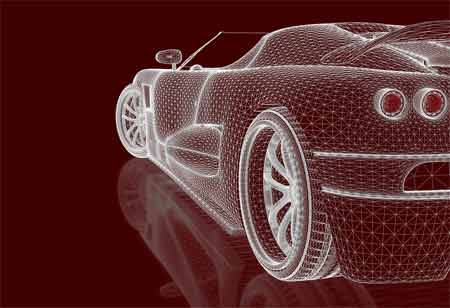The advancement of self-driving cars demonstrates a breakthrough in artificial intelligence and the critical role of IoT in managing complicated data networks. Autonomous vehicles, outfitted with various sensors and powered by edge computing, are revolutionizing road safety and urban mobility.
Fremont, CA: Not all data collected by self-driving cars requires immediate analysis, and onboard computers have limited performance and storage capacities. As a result, it is practicable to collect data that can tolerate some delay and analyze it in remote data centers. Other data sets can also be transferred to the cloud for processing.
City governments and automakers should be responsible for collecting, processing, transporting, preserving, and analyzing data regarding every pedestrian, car, pothole, and traffic jam. Some clever city planners already utilize machine learning algorithms to evaluate traffic data better. These algorithms can quickly identify road concerns such as potholes, optimize traffic flow, and respond to accidents. On a larger scale, machine learning algorithms are utilized to make recommendations for improving municipal infrastructure.
Integrating fully autonomous driving into everyday activities necessitates addressing the problem of processing and storing large volumes of data. Each self-driving vehicle can create up to 20 TB of data every day. Looking ahead, exabytes of data could be generated in a single day. To manage this, you'll need a flexible, high-performance, dependable, and secure edge infrastructure for data storage and effective data processing capabilities.
To make real-time judgments, an onboard computer must have access to the most up-to-date environmental information. Data that needs to be updated, such as the vehicle's location and speed from an hour ago, is usually no longer helpful in making quick decisions. However, this previous data is precious for the continual advancement of autonomous driving algorithms, needing a delicate balance between real-time processing and long-term data consumption.
System engineers need a lot of data to properly train deep learning networks. This includes detecting objects and their movements using video feeds and lidar data and combining data about the environment and infrastructure to make informed decisions. For road safety specialists, the data obtained by self-driving cars just before collisions or dangerous circumstances is invaluable.
As autonomous vehicles collect data, it becomes increasingly important to have a structured and efficient data storage system communicated to peripheral data centers and eventually stored in the cloud. New data should be evaluated quickly to refine machine learning models with high throughput and low latency. Solid State Drives (SSDs) and high-capacity Heat-Assisted Magnetic Recording (HAMR) drives with multi-drive capability are appropriate for these applications.

 Copyright © 2025 AutoTech Outlook. All Rights Reserved | Privacy Policy | Subscribe | Sitemap | About us | Feedback Policy | Editorial Policy
Copyright © 2025 AutoTech Outlook. All Rights Reserved | Privacy Policy | Subscribe | Sitemap | About us | Feedback Policy | Editorial Policy